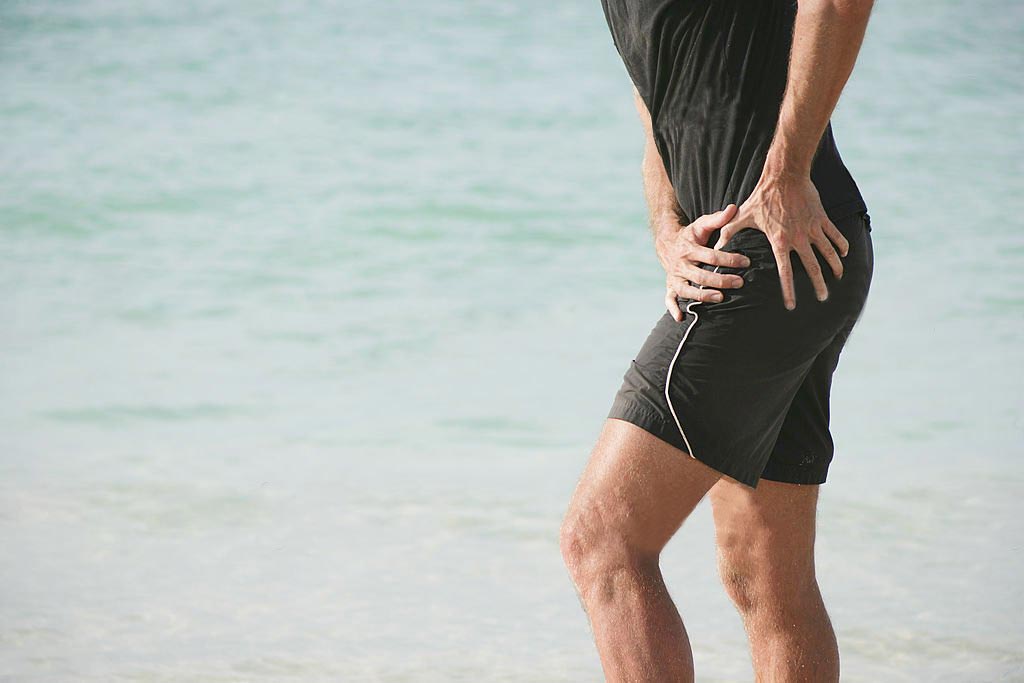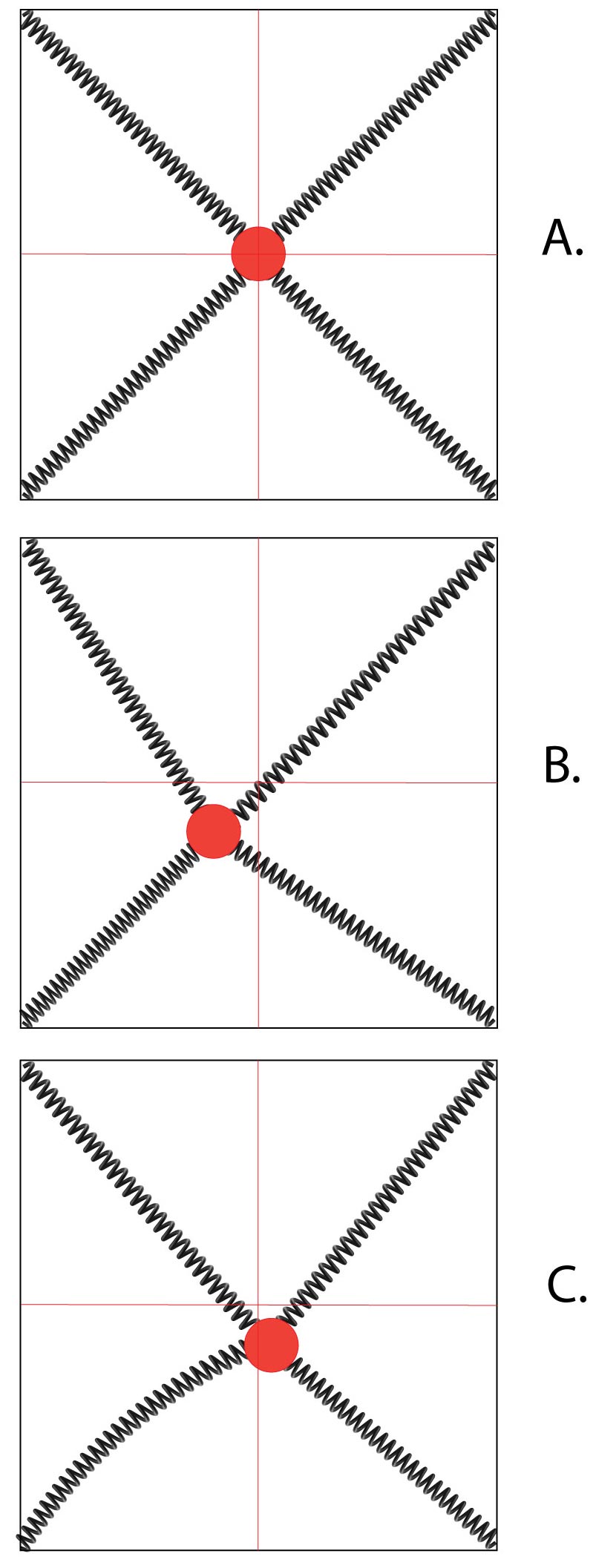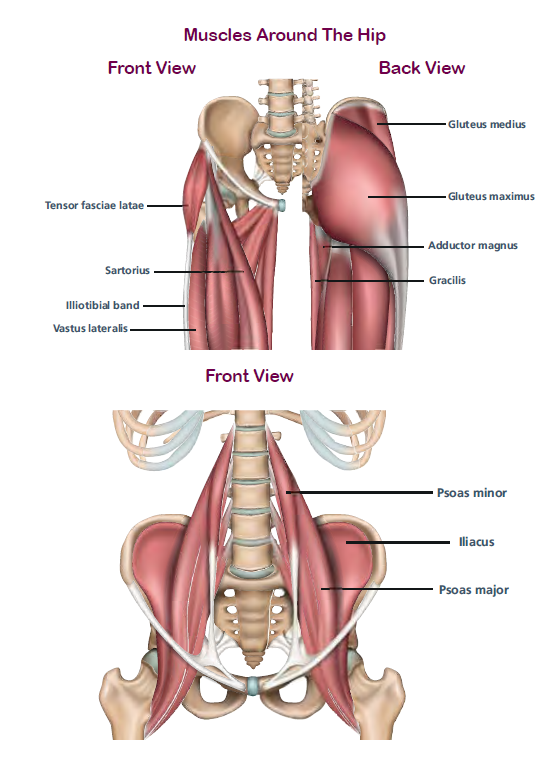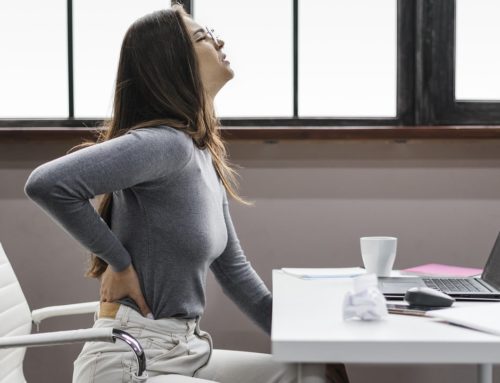
Yesterday I opened Yahoo to check some news and on the first page was an article “Physical Therapists Want Every Person Over 50 To Try This Simple 5-Minute Routine for Hip Pain” from Parade magazine. Naturally, as a person who is involved in fitness and sees many people struggling with lower back and hip pain, I was interested to check it out in the hope to find something useful for myself and my clients.
So here is my opinion, and maybe a piece of educational advice that could benefit a few people and prevent them from making mistakes.
Probably this would apply to many articles that you can see in newspapers, and magazines that do not specialize in health or fitness, but just want to put some kind of content out on the net to be consumed without caring about results. I am sure you saw these types of articles and even advertisements on YouTube or Facebook that claim that simple 5-15 routines or 5 magical exercises would change your life and will make you a better and healthier person.
I understand that we all are looking for the simple solution, that magical pill that would make all our problems disappear, make us healthy, stronger, fitter, more beautiful, etc.
Unfortunately, there is no such pill, especially in health and fitness. You need time, must work hard, and more importantly have knowledge and sometimes a deeper understanding of how to achieve your results without getting hurt.
In many cases, like in this article, the information, exercise selection, or certain routines that you can see are good and can be extremely useful for some, but when taken out of context and without consideration of factors such as health, prior injuries, etc. can produce no results or even lead to an injury.
But let’s go back to the article that encourages me to write this essay :)
The article focused on hip pain that resulted from the muscles that are adjacent and around the hip becoming too stiff. There are good references to our sedentary lifestyle, weakness of muscles in general, compensation, and adaptation of the body that lead to the stiffness of the muscles surrounding our joints. So, it is easy to draw a conclusion that a simple stretch can help, and that is what the author of the article did.
Let’s go back to a sedentary lifestyle and lack of activity, which leads to the weakness of the muscle. In this case, muscle stiffening is a protective mechanism that our body tries to use to protect our joints from injury. Sometimes this mechanism can be applied incorrectly, and that would be an example of muscle spasm, but sometimes it is really required to protect our joints.
In this case, it is our hip joint. In the same way as the shoulder joint, it is the most mobile joint in our body that can do flexion, extension, abduction, adduction, and rotation. And because of that is also the most unstable joint that is prone to injury.
Our hip region supports our whole upper body, where the weight through the pelvic area is transferred to both hips. When we walk, run, jump, and climb stairs, we constantly transfer the weight on one of the sides which forces our brain to fire numerous signals to the muscles surrounding the hip to keep our body straight, not falling to the side, forward or back. When the muscles become weak due to lack of physical activity, lifestyle, injury, pain, or health issues it forces our body to start looking for a solution. In some cases, our body starts redistributing the load on different muscles, when secondary muscles become more active and primary less. This changes the dynamic of the joint and eventually starts affecting other joints in the chain that will cause pain or injury in the future if not addressed in time. In other cases, the brain will send signals and starts stiffening some weak muscles around the joint to make it more secure and stable. Over time, because the muscles are no longer able to operate through the full range of motion and because of lack of physical activity they start losing their strength by going through atrophy.
Let’s look at the coil springs as an analogy to our joints and muscles that support them. Where the springs are our muscles, and the red circle is the actual joint.
Picture A. – An ideal position for the joint. All muscles are strong and counterbalance each other, thus allowing a full range of motion. The joint is stable and mobile. Once the extra load force is removed the joint will get back to its original position.
Picture B. – Some muscles become weaker, and the joint is no longer in its strongest position. To compensate, the body stiffens and shortens some muscles that are weak. As a result, the position of the joint is not ideal, it lacks a full range of motion, however, the joint is relatively stable. Once the extra load force is removed the joint will get back to its original position.
Picture C. – When you stretch the shortened muscles without strengthening them, you just make them longer. This brings instability to the whole region since stretched muscles are no longer able to counteract the muscles that support the joint from the other side. Once the extra load force is removed it will be harder for the muscles to stabilize the joint and get it back to its original position.
At that point, it would be a good idea to briefly address the difference between mobility and flexibility.
Mobility and flexibility are related concepts that describe different aspects of movement and range of motion in muscles and joints. While they are interconnected, there are some distinctions between the two.
Flexibility refers to the ability of muscles and connective tissues to lengthen and stretch, allowing for a larger range of motion around a joint. It primarily involves the elasticity and extensibility of muscles, tendons, ligaments, and other soft tissues. Flexibility can be improved through various stretching exercises and techniques, such as static stretching, dynamic stretching, and proprioceptive neuromuscular facilitation (PNF) stretching. Enhancing flexibility can lead to increased muscle and joint suppleness, and it is commonly associated with activities like yoga, ballet, and gymnastics.

While flexibility primarily focuses on the passive ability of tissues to stretch, mobility encompasses both flexibility and active movement control. Mobility involves not only the ability to passively move a joint through a range of motion but also the strength, coordination, and stability to control that movement actively. Mobility exercises often incorporate a combination of flexibility, strength, and motor control training to improve overall movement quality.
In summary, flexibility refers to the passive lengthening and stretching ability of muscles and connective tissues, while mobility encompasses the active movement control and functional range of motion of a joint. Both flexibility and mobility are important for overall movement performance, and a balanced approach to training should address both aspects to optimize physical capabilities.
So, this leads me back to the reason why I am writing this essay. It is unfortunate that many online articles and videos from influencers can provide seemingly important and valid information that lacks crucial data.
As a resume, I want to state that when you see these articles, videos, and advertisements try not to fall for it, but do your due diligence, spend some time, and do research on the subjects. This will save you time and effort in the long run and more importantly will help you to avoid possible injuries that you may inflict on yourself.




